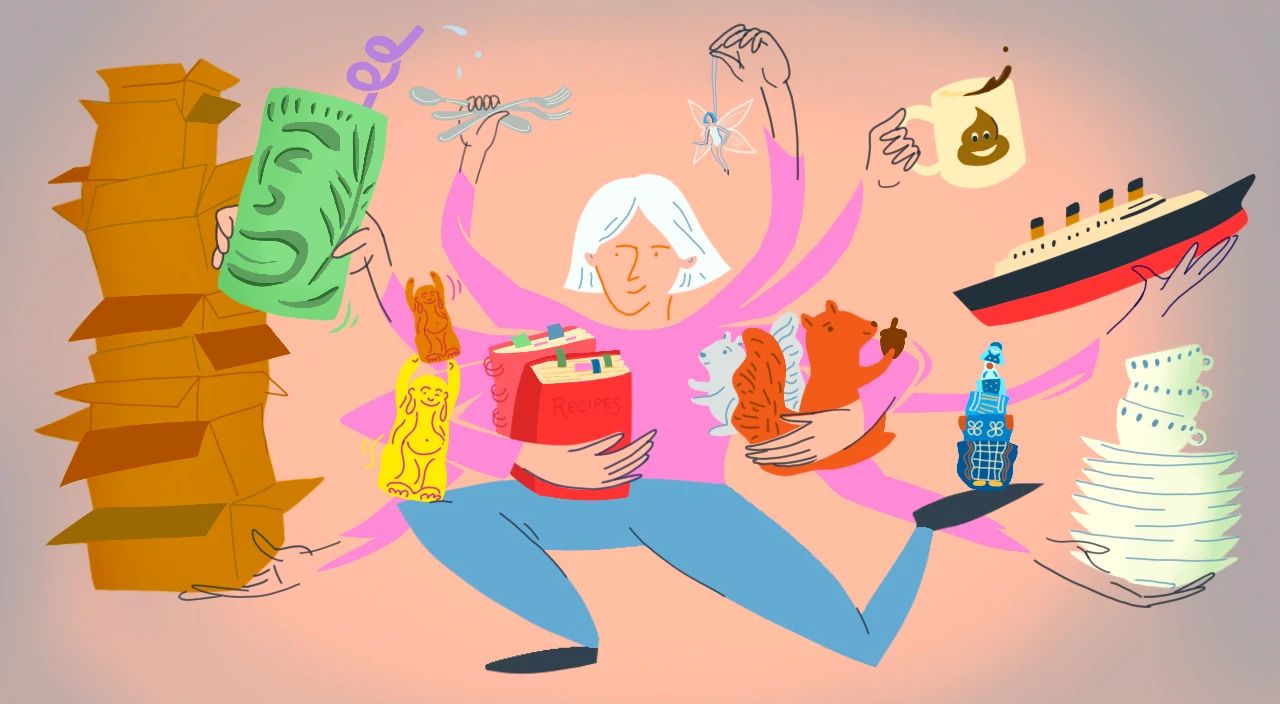AARP Hearing Center


Welcome to Ethels Tell All, where the writers behind The Ethel newsletter share their personal stories related to the joys and challenges of aging. Come back Wednesday each week for the latest piece, exclusively on AARP Members Edition.
It started with the squirrels.
When one of the charming little creatures showed up at my back door, I fed her some peanuts. Before long, she brought her friends, and soon dozens of squirrels were colonizing my yard after word got out about the free peanut buffet.
Like Snow White, I enjoyed these happy woodland critters (although mine didn’t use their tails as cleaning dusters or help fold the laundry) and was very vocal about my love for them. Naturally, when my birthday rolled around, every gift I received was squirrel-themed: salt and pepper shakers, stuffed animals, a matching pillow and blanket set, glass figurines, yard signs, doormats, coffee cups, and a dozen other tchotchkes of playful squirrels.
And it didn’t stop there. Well-meaning friends also brought over anything squirrel-related they found: “Surprise! I found this squirrel back scratcher/toilet paper holder/wind chime at a garage sale and thought of you!” Soon my backyard was overrun by nut-hoarding squirrels — as was my home, with their faux counterparts. I built extra shelves just to display all my squirrels.
Despite the side-eye glances from my kids and their snarky squirrel-hoarding comments every time a new item appeared in the house, I never considered myself a hoarder. I was simply a “collector.” Besides, I’d seen the reality shows on hoarders and couldn’t relate; my collection didn’t crowd the corridors of my house, or smell like cat urine.
Eventually, I moved on to other interests — which, according to my kids, was hoarder speak for “collectibles.” I was obsessed with the Titanic for a while and gathered memorabilia related to the ill-fated ship. Then came crystal fairies from the Renaissance festival, followed by fat laughing Buddhas.


































































You Might Also Like
My Husband, 72, Is Acting Like a Teenager
He’s regressing in retirement, for worse and for better
I Ghosted My One True Friend
It’s been hard, living with the consequences of my actions
My Grown Daughter Wants Little to Do With Me
I fear she’s part of a growing trend of adult kids who go ‘no contact’ with parents